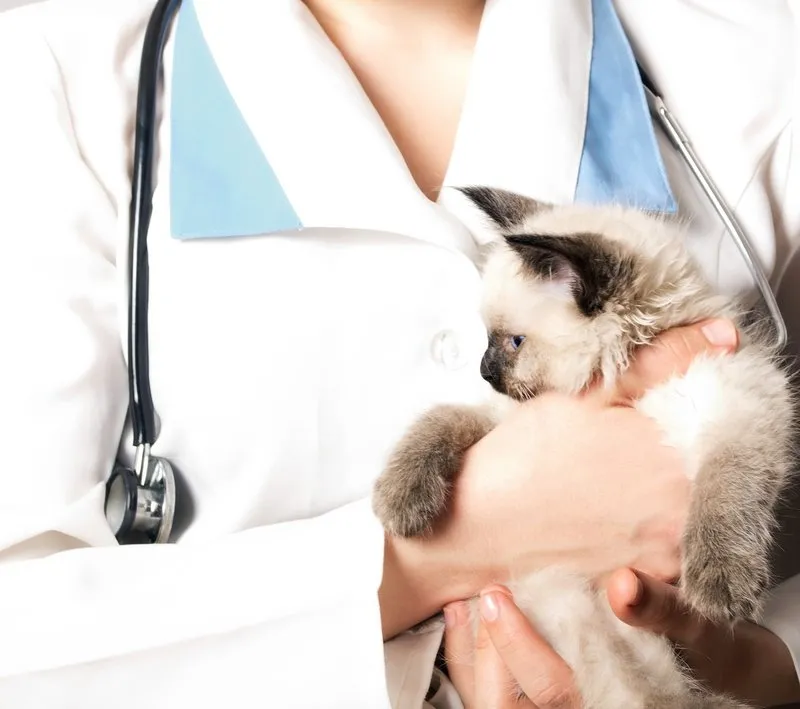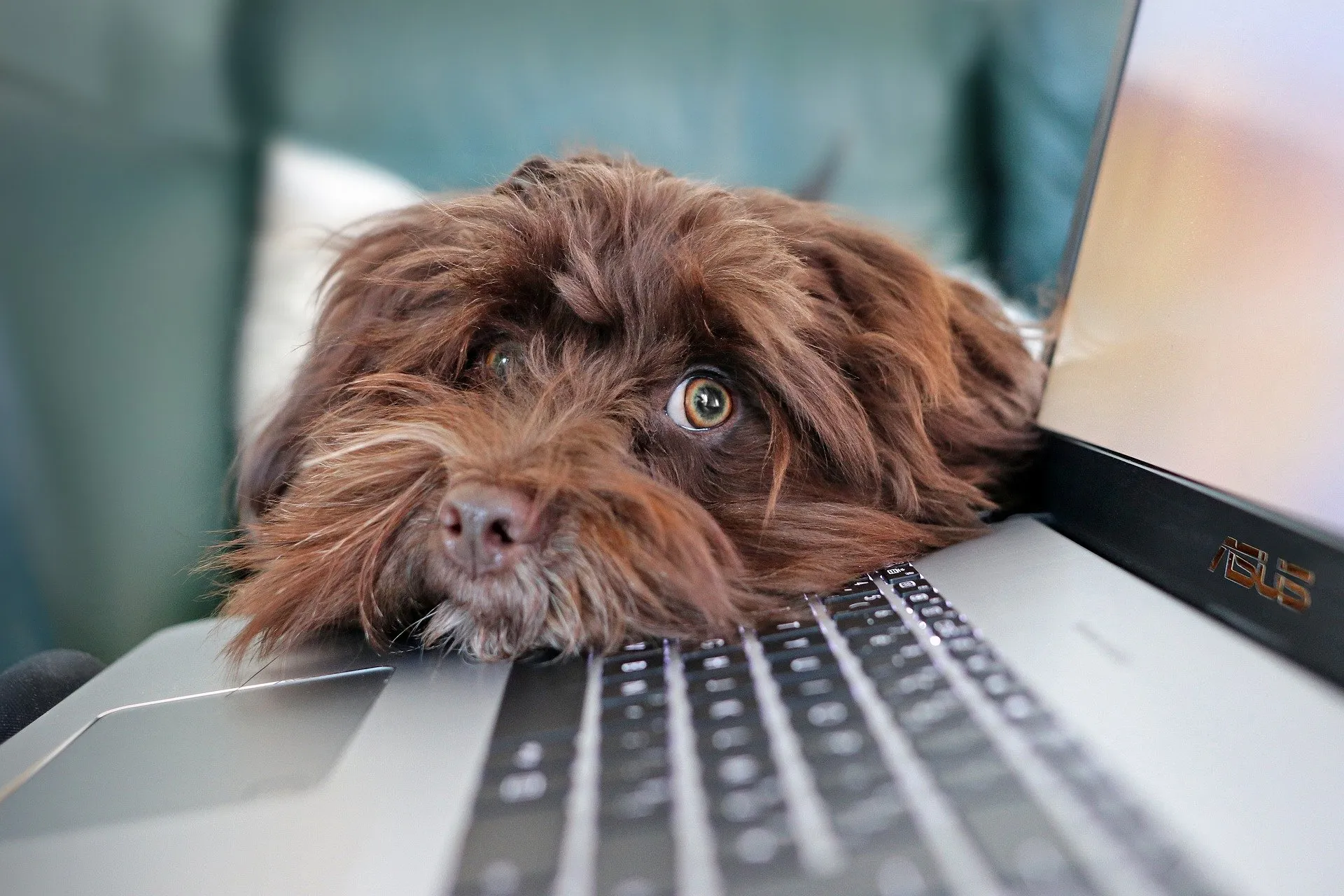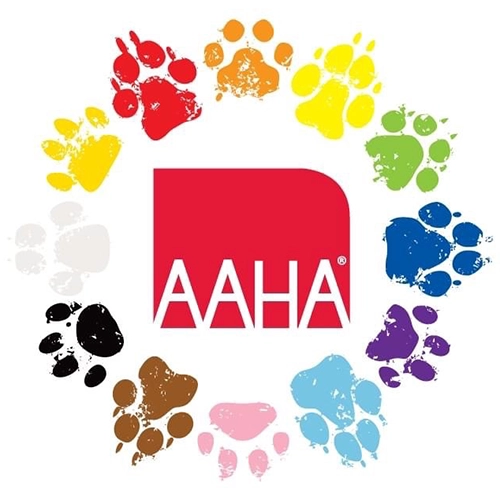One of the best ways to keep your dog healthy and happy is to make sure they’re well-groomed. Delousing is an important part of this process, but it is important that you do it the right way. If you don’t know what you’re doing, you cause an infection or worse: death! Fortunately, the process is simple and fast! Keep reading as a vet talks about delousing and the steps involved.
What Are Lice?
Dog lice are small parasites that live on the skin and feed on the blood of dogs. The most common type of lice in dogs is Ornithonyssus bursa, also known as dog or dog lice.
They are closely related to human lice and, like human lice, can occur in any breed or size of dog. Dog lice are also called dog lice because they attach to the hair follicles with their sharp mouths and eat the blood of their host. The skin rashes and bumps that appear around the areas where the lice get caught are called miliary dermatitis (meaning “areas of the small mouth”).
Signs That Your Dog Has Lice
- Touch or rub skin and hair
- Red, irritated skin, especially around the ears and face
- Dry, rough and mottled skin
- Strong dandruff and flaking of the skin
Lice can also be transmitted to humans by direct contact with an infected pet or by sharing a bed or clothing with an infected animal. Delouse your dog to prevent infection in your family.
How to Delouse Your Dog
Here’s how to safely remove lice from your dog at home. You must first stock up on:
- Shampoo (best for bulk purposes)
- Sharp or fine toothbrush
- Towel or towel rail (optional)
Now that you have all the supplies, it’s time to start. Follow these simple steps:
- Moisten your dog’s coat with warm water. This will help disperse the lice and make them easier to remove.
- Apply the shampoo to the whole body of the dog and let it stand for about five minutes. This will kill all live lice that are on your dog’s fur.
- Using a comb or a fine toothbrush, gently brush your dog’s fur until all the dead lice have been removed from his fur. Be sure not to pull too hard and do not pull on any tangles of hair; instead, gently hold the brush over each knot until it loosens (and, if necessary, use a towel or hand dryer to help loosen the knots).
And feel free to call us, your local veterinarian, with any questions or concerns you may have!






!Social Media Icons